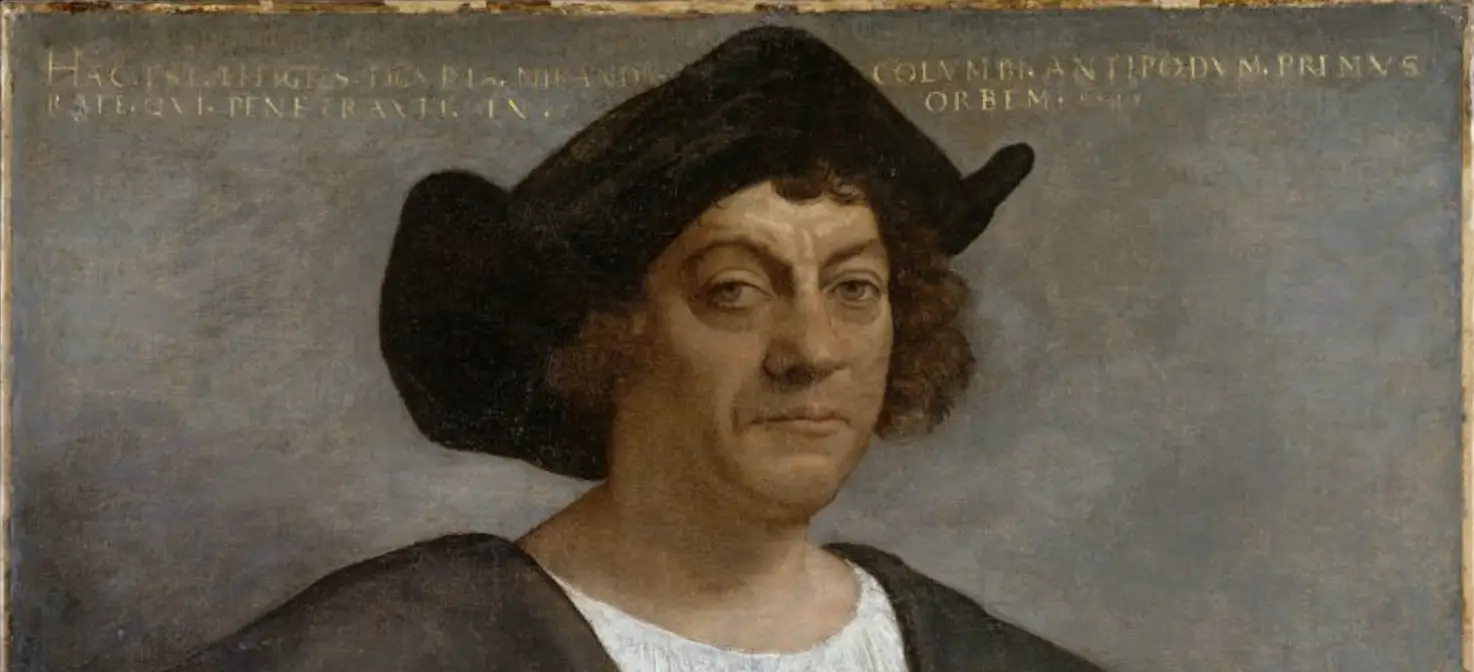Christopher Columbus Did Not “Discover” America, So Who Did?
Tags: opinion

10th October is celebrated as Columbus Day by Americans. The annual holiday commemorates 12th October 1492: the day when Italian Christopher Columbus first arrived in the Americas to claim it as Spanish land. However, he was not the one to discover this land. Neither among Europeans and definitely not among humanity. The most Columbus did is “introduce” the continents to Western Civilization. He also cleared the way for the massive European influx that would soon take place.
The First Americans In America
Michael Bawaya, American Archaeology’s editor, said that the first Americans were probably nomads from Asia, dating back to almost 15,000 years past. Back then, the Bering land bridge was still above sea level and connected what is now Siberia and Alaska. The United States National Park Service explained that this land bridge was vital for the migration of many animal and plant species. Archaeologists claim that humans were among them.
Read: Native American Elders Explain Why America’s Time Is Coming To An End
These original Americans were known as the Clovis till the 1970s. DNA suggests that almost 80% of indigenous Americans are directly related to them. However, Bawaya adds that there might have been pre-Clovis people as well. However, this is the story for the continent’s western coast. What about the Eastern side?
What About The First Europeans?
Here too, Christopher Columbus was beaten by other Europeans. Historic proof shows that Europeans had visited present-day Canada almost half a century before Christopher Columbus even thought about setting sail. They are known as the Vikings. The Viking explorer credited for the discovery is Leif Eriksson (there are multiple variations of his last name). He is reported to be the founder of the first settlement in Iceland. Legends from Iceland talk about the exploits of Eriksson in the Americas at about 1000 AD.
Their presence is still found in Newfoundland, an island in Canada. There is a location there known as the L’Anse Aux Meadows. It has currently been given the title of a World Heritage site by UNESCO. There, ruins of eight structures can be seen that were probably made of wood, soil, and grass.
In the present day, the land is barren. However, a millennium ago the area would have been lush with trees. The area was possibly a respite spot for the Vikings during winters. There they possibly fixed their boats and waited till bad weather was over.
There is one further fascinating mystery about the first Americans which predates Christopher Columbus – sweet potatoes. Scientists have found clear evidence that these Polynesian crops were originally brought over from South America. Moreover, a 2014 genetic study of Polynesian natives shows a considerable percentage of genes from Native Americans.
There are more theories here and there about who were the first humans and/or colonizers in America. Gavin Menzies, a retired officer from the British Navy, suggests that South America was colonized by the Chinese in 1421. John Ruskamp, a former chemist, claims that pictographs uncovered in Arizona look exactly like Chinese characters. As such, he estimates that the Chinese were in present-day Arizona at about 1300 BC. However, many scholars do not support these theories.
Image credit: See page for author, CC BY 4.0, via Wikimedia Commons

Leave Comment: